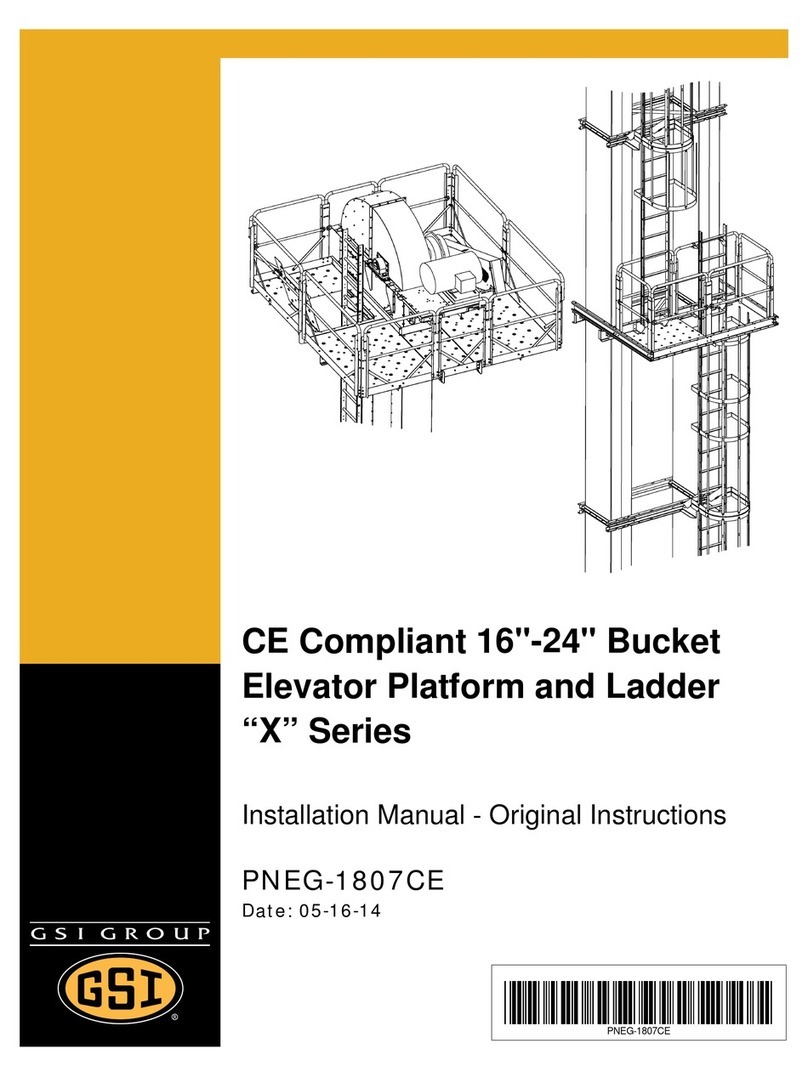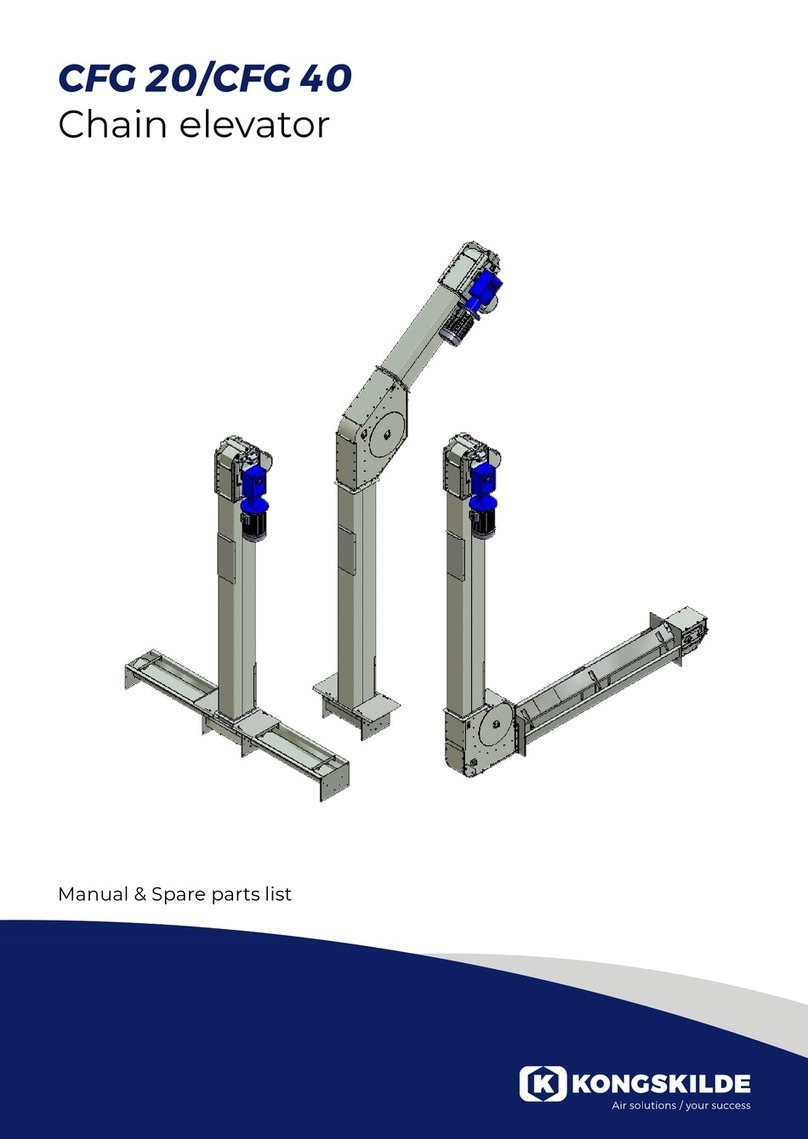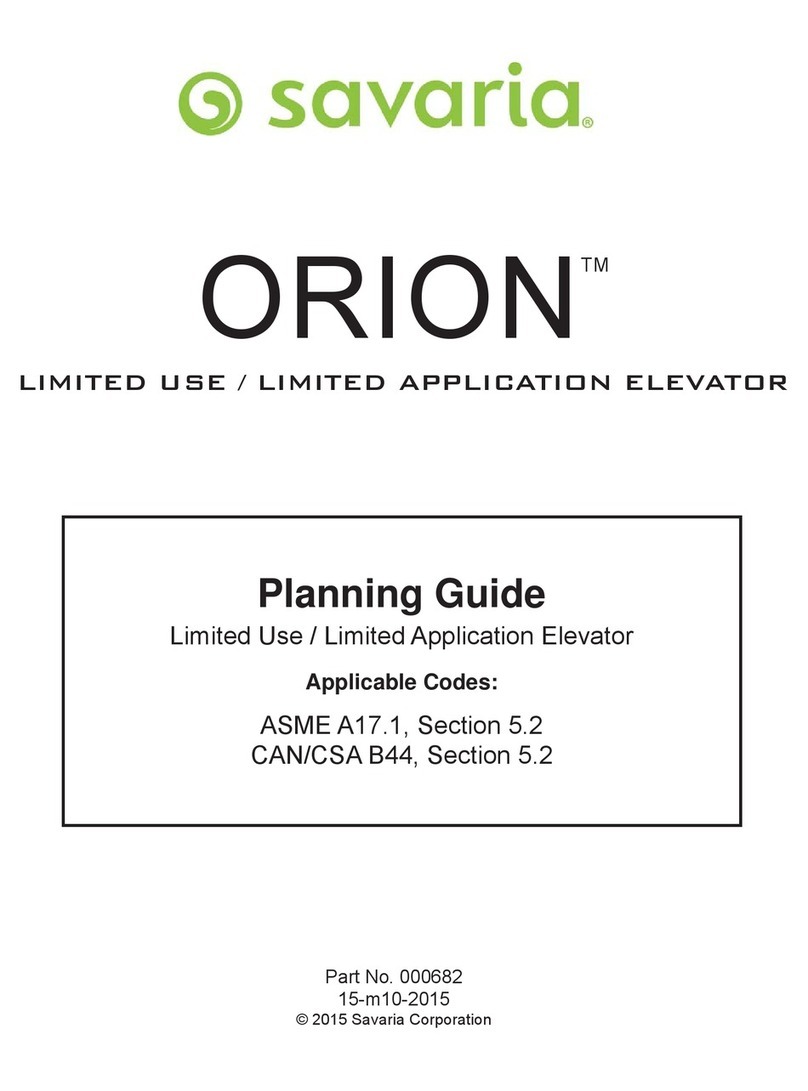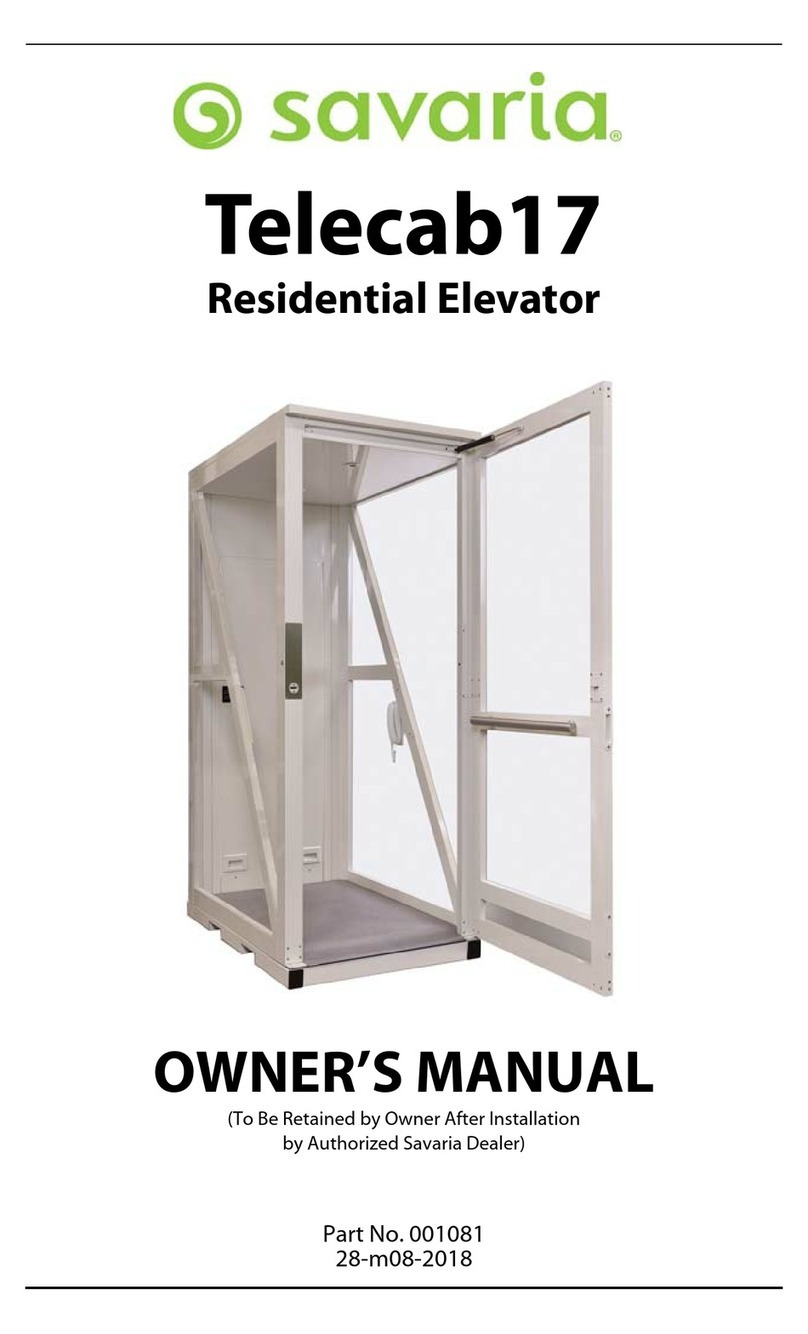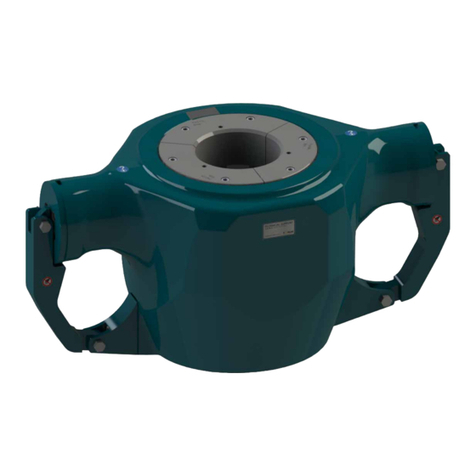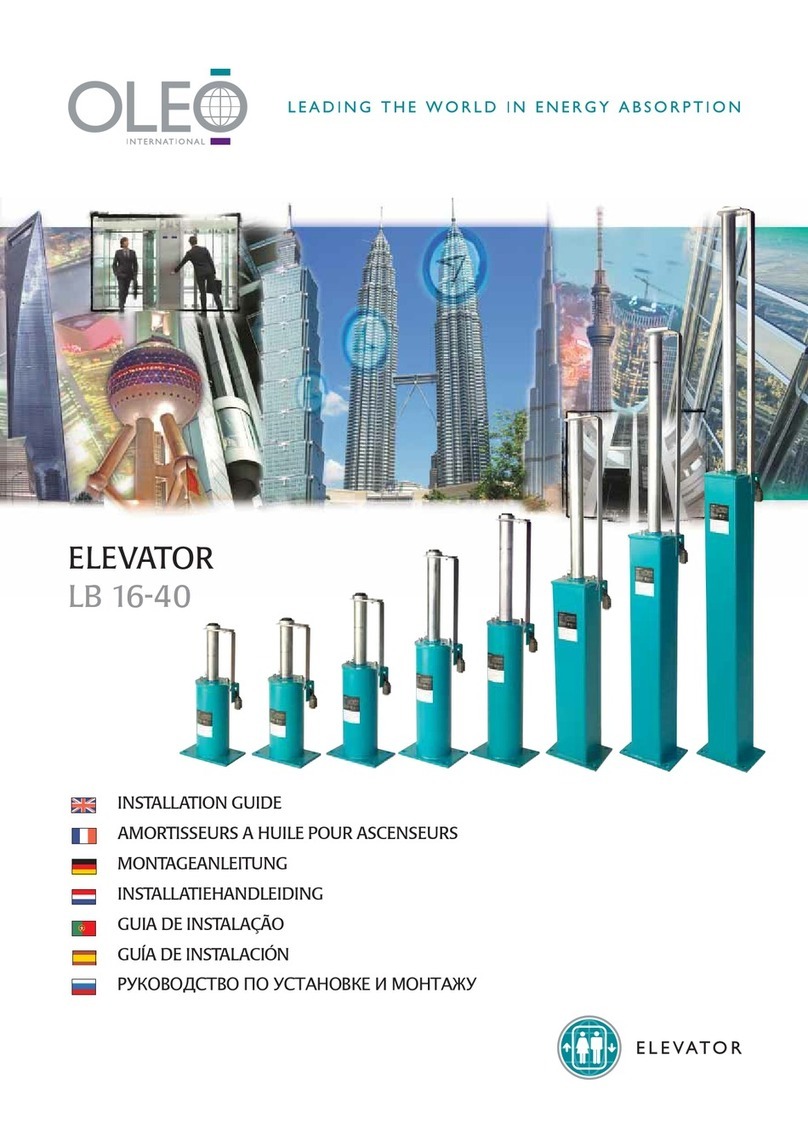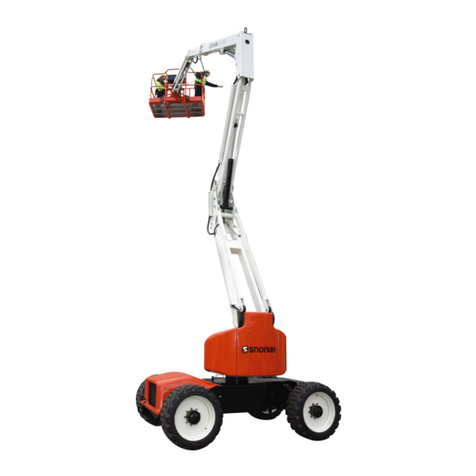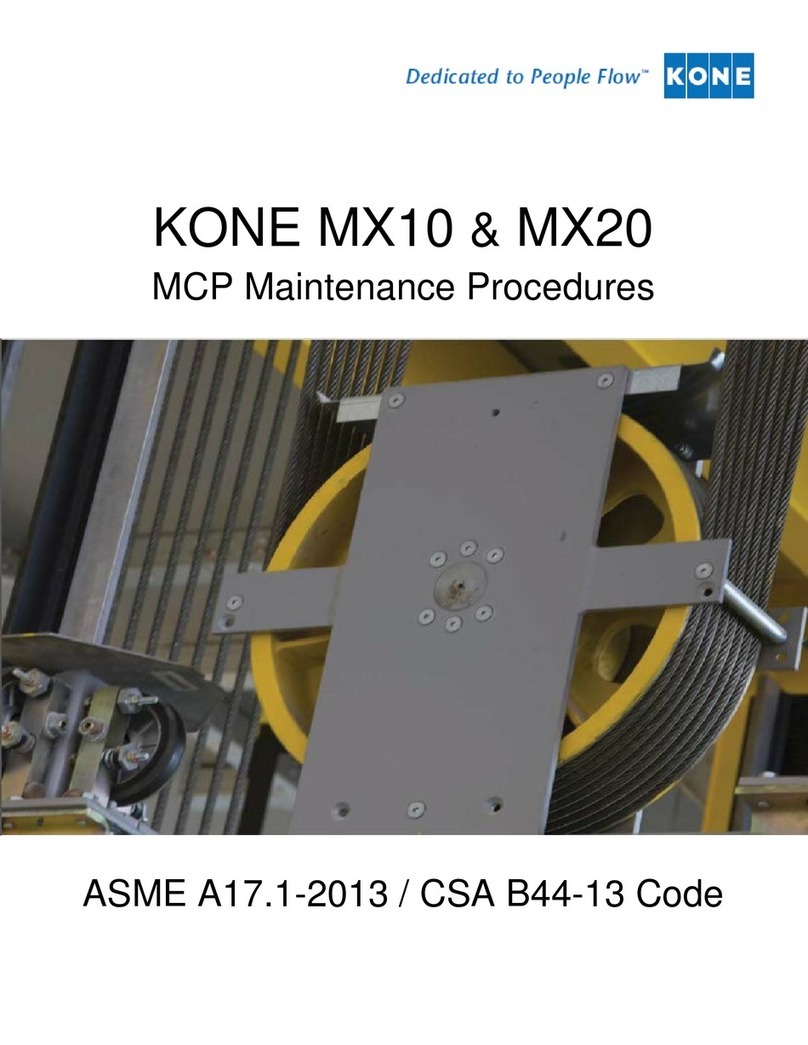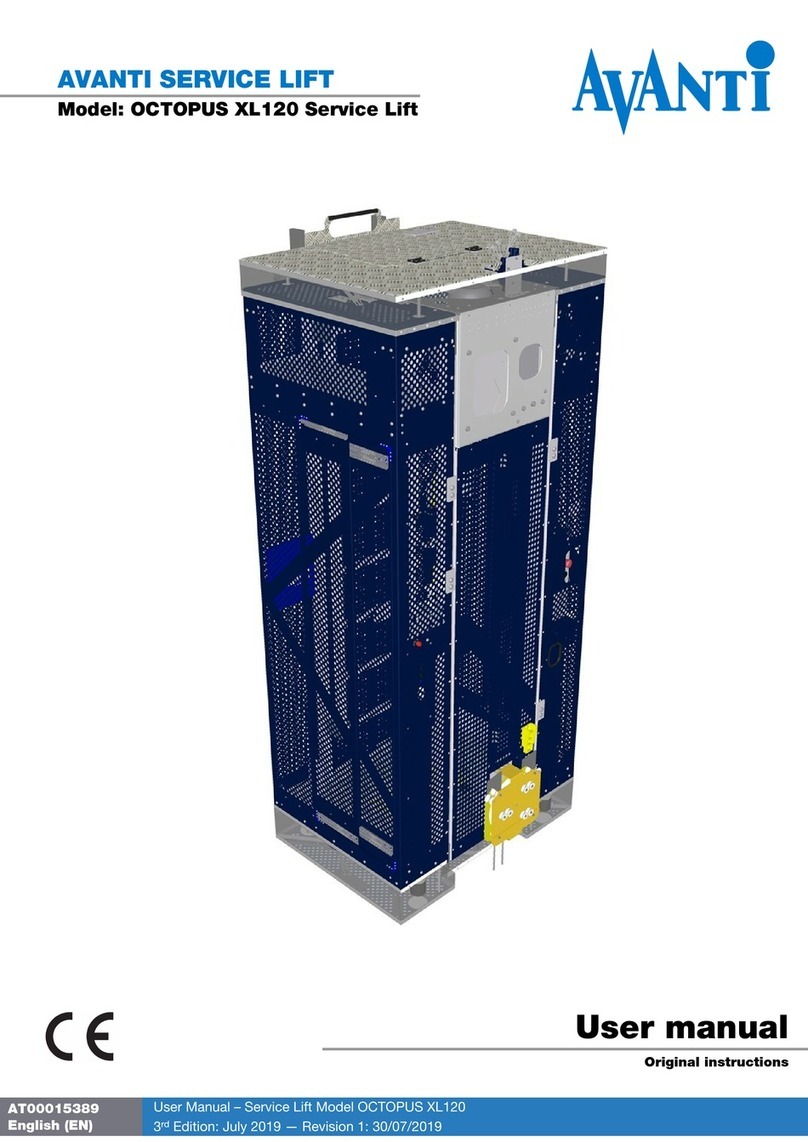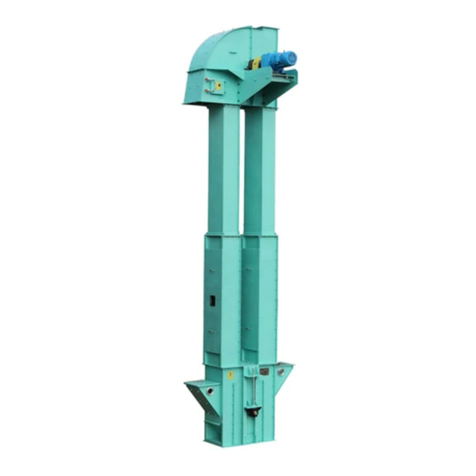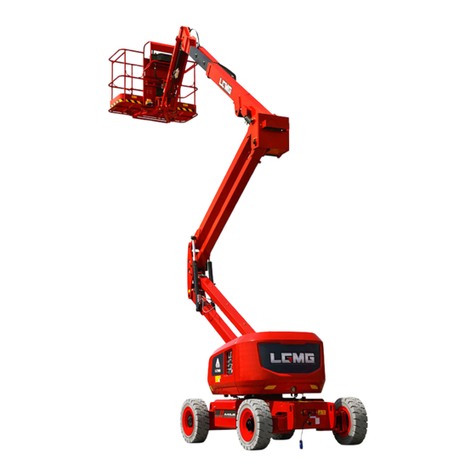1. DESCRIPCIÓN GENERAL DEL P2S
El sistema plug&single-phase, P2S, es un equipo
que permite alimentar completamente un
ascensor de manera monofásica, con un
consumo máximo de red de 500W y que, en
caso de caída de red, podrá realizar hasta
aproximadamente un centenar de viajes, no
siendo necesarias, por tanto, las UPS
convencionales
Puede utilizarse tanto para nuevas instalaciones
como en ascensores ya en funcionamiento que
dispongan de variador de velocidad trifásico
(entrada de alimentación 400Vac), siendo su
mantenimiento muy sencillo.
A nivel técnico, el funcionamiento del P2S está
basado en la carga de las baterías por dos
medios: uno, a través de un cargador de red de
muy baja potencia máxima (500W) y dos,
almacenando aquella energía que se produce
cuando el motor del ascensor trabaja como
generador, es decir, cuando en vez de consumir
energía de la red, la genera. En los ascensores
convencionales, esta energía se pierde en forma
de energía calorífica en la resistencia de frenado
(no obstante, el P2S no sustituye a este elemento
de seguridad en ningún caso).
Por tanto, el sistema consigue un doble ahorro,
por un lado, el producido por reducir la energía
utilizada por el ascensor en hasta un 55%, por
recuperar la energía generada, y por otro el de
poder reducir el término de potencia contratada,
que en muchos casos es lo que mayor coste
acarrea en la factura de la luz.
Para conseguir un ascensor 100% sostenible
durante las horas de luz, el P2S también permite
el conexionado de placas solares
1. P2S GENERAL DESCRIPTION
Plug & single-phase system, P2S, is an electronic
device that can supply an elevator from single-
phase mains. The maximum power
consumption from the mains is 500W.
Furthermore, it permits one hundred elevator
trips in cases of energy power failure, making the
addition of a conventional UPS unnecessary.
It can be used both in new constructions and in
existing elevators (as long as they have a VVVF
elevator Drive of 400Vac input), with very simple
maintenance.
P2S performance is based on charging a battery in
two different ways. Firstly, a charger with very low
peak power (500W) withdraws energy from the
electricity supply. Secondly, by storing the energy
the elevator engine generates when the motor is
braking. In conventional elevators, this energy is
dissipated as heat in the brake resistors. However,
under no circumstances does P2S replace this
security device.
This can result in savings in two different ways.
Firstly, there is up to 55% energy savings from the
traction (reusing braking energy). Secondly, the
peak power contracted can be reduced
significantly (which usually implies lower contract
costs, although this depends on the installation
country).
To achieve a fully self-sufficient and sustainable
elevator during daylight, P2S system also allows
for the connection of solar panels.



